The search for the best ride has been Jeff’s guiding principle since he first started building bikes back in the early 2000’s.
Jeff’s iconic titanium 3D Spaceframes and Truss forks were some of his first designs, which started with 26″ wheels (see an early interview and photo here), and the basic design has remained largely unchanged in the years since its introduction.
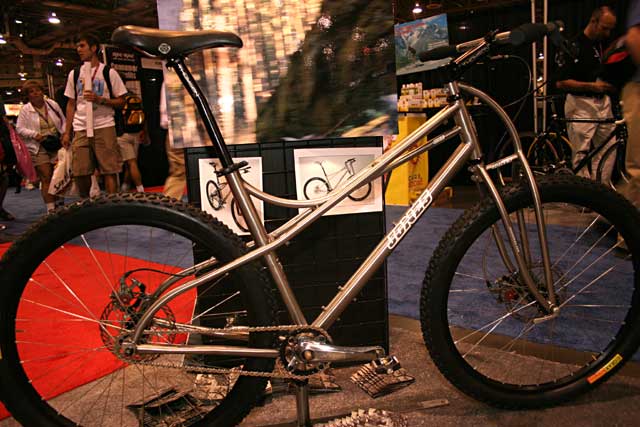
Over the years, Jeff has updated his framesets as better wheel sizes have become available. When 29″ wheels arrived, he immediately made the switch and adapted his geometry to make the most of the larger size. He could see that they were obviously better with their larger diameter that let them roll over obstacles more easily and translated into a ride that was faster, smoother, and more fun (read a 2008 Dirt Rag review here, and another experience story from the same time here)! This was a major turning point for Jeff, because it was after his first ride on the new 29″ wheels that he realized that with the larger wheel size, more upright position of the Jones Geometry, and no suspension, he had a higher performance bicycle than ever before. From that point on, Jeff has been committed to exploring the possibilities of the high-performance, non-suspension bicycle. In the years after 29″ wheels became available, Jeff continued to seek out the largest tires he could get in the wheel size—pairing them with wider rims to get higher air volume and the ability to run lower tire pressure without having to worry about having a tire roll off the rim. Jeff’s first experiment with a long wheelbase geometry, which would eventually become the Jones Plus LWB (check out this video for more on the Plus LWB), was a simplified (straight tubed) Spaceframe design that became known as the Long Ranger (check this blog post for more on that). It was built around 50mm wide rims with the widest tires he could get (this is before 29×3″ tires became available). Finally, with the advent of 29×3″ tires, Jeff took what he had learned about the benefits of the larger wheels and how to make the best use of them and combined that with what he had learned from the Long Ranger, to develop the new Jones Plus in 2014 (later to become known as the Jones Plus LWB).
Ever since Jeff first developed the Jones Plus, he wanted to make one out of titanium in his Spaceframe design, but because of how smooth the ride of the Plus LWB already was, he decided that the greater framepack capacity, lower weight, and lower cost of the Diamond frame design should make it his first offering in that geometry, so the Spaceframe design has taken a while to make it to production. Even though he decided to make the first couple of iterations of the frame in the Diamond frame design, he hoped to be able to someday bring the inimitable ride of his Titanium Spaceframe to the Plus LWB geometry because he knew that in order to get the absolute best ride, the Titanium Spaceframe was the way to go.
Now, three years after the first Jones Plus became available, the Jones Titanium Spaceframe Plus LWB is finally here in three sizes: small, medium, and large.
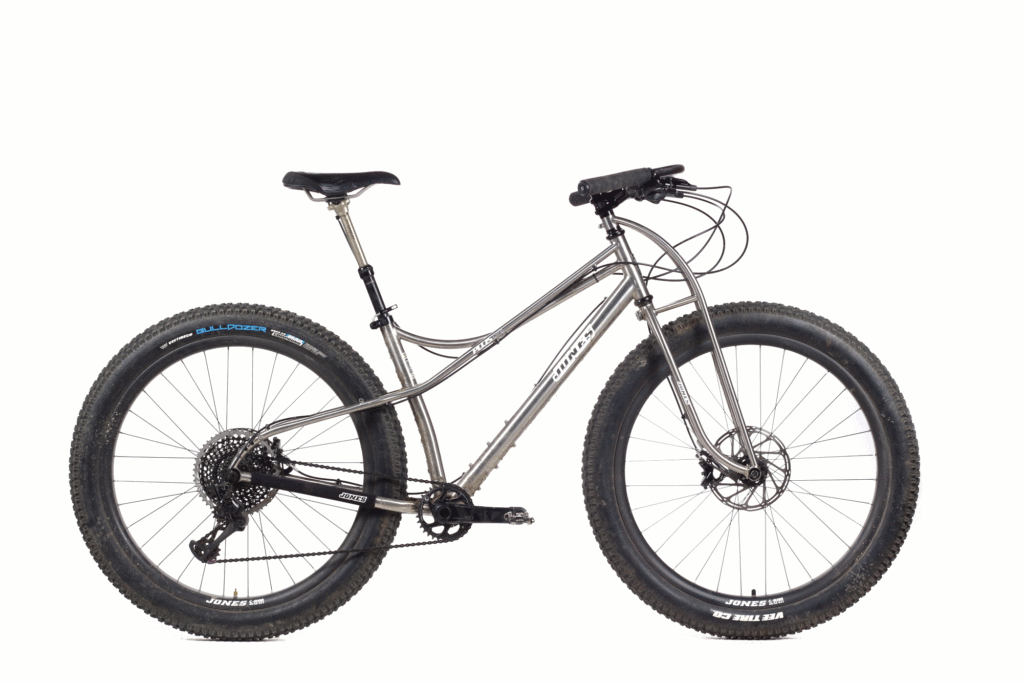
This frame is all about function.
The 3D Spaceframe design was inspired by and born of riding on the tight, technical trails in the woods here in Southern Oregon, and each step in its development has been a functional refinement, so while some might speculate that the frame is supposed to look interesting, Jeff’s only aim with the Spaceframe has always been to make a better bicycle. The frame’s upper tubes are long, thin, braced, and curved in just the right way to allow them to flex and keep the bike vertically compliant; the downtube, chainstays and seat tube are oversized to keep the bike torsionally stiff. The low-slung top tube arrangement keeps the bike out of your way in technical terrain, so you can focus on riding.
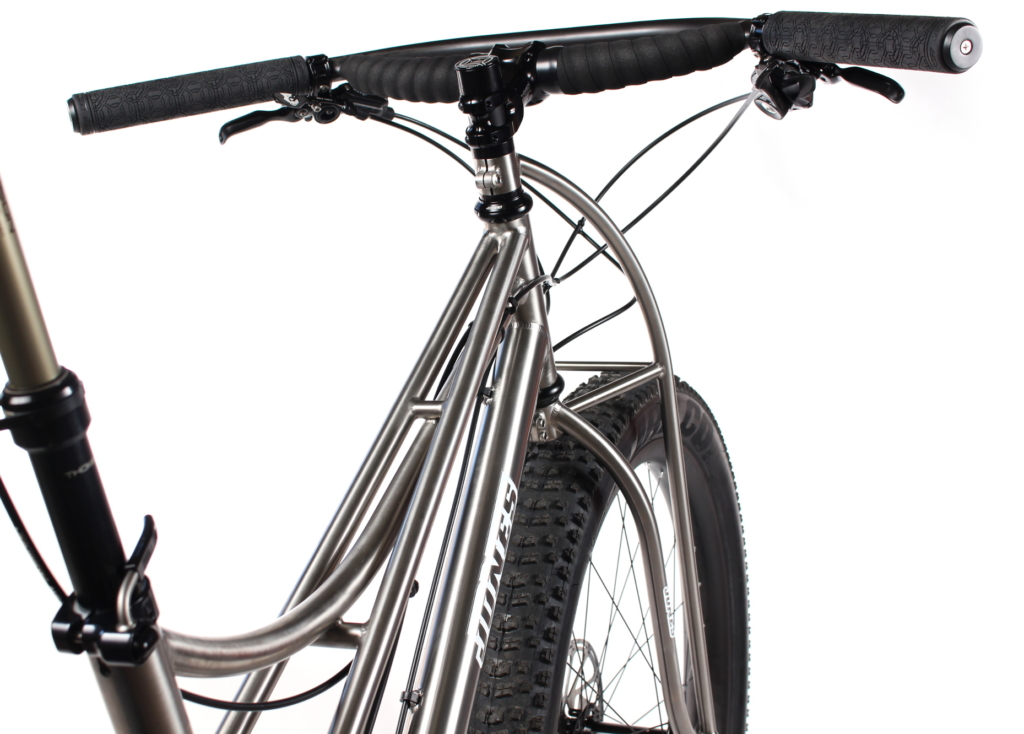
Seen from above, the three-dimensional aspect of the bike becomes clear, and it’s this this that gives the bike its balance of vertical compliance and torsional rigidity by creating triangles as seen from all sides to brace it in three dimensions. While the spaceframe design is great for technical terrain because of its extra standover clearance, its inherent vertical compliance, combined with the Jones Geometry, makes it a truly exceptional gravel, touring, and general-purpose bike and that’s what Jeff designed it to be: a great bicycle, for bicycling! For more specific information on the Spaceframe design, check out this video.
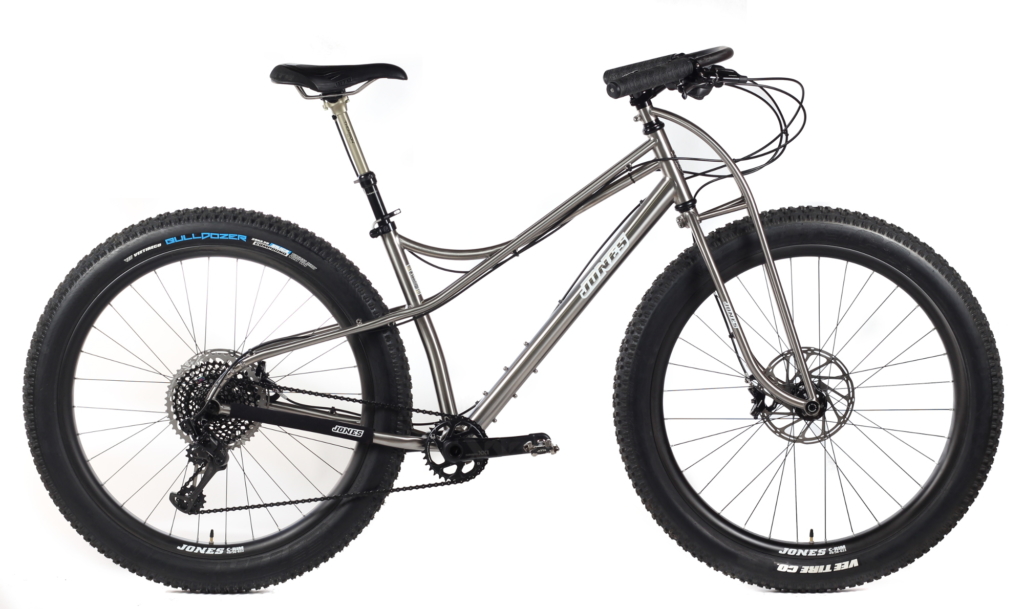
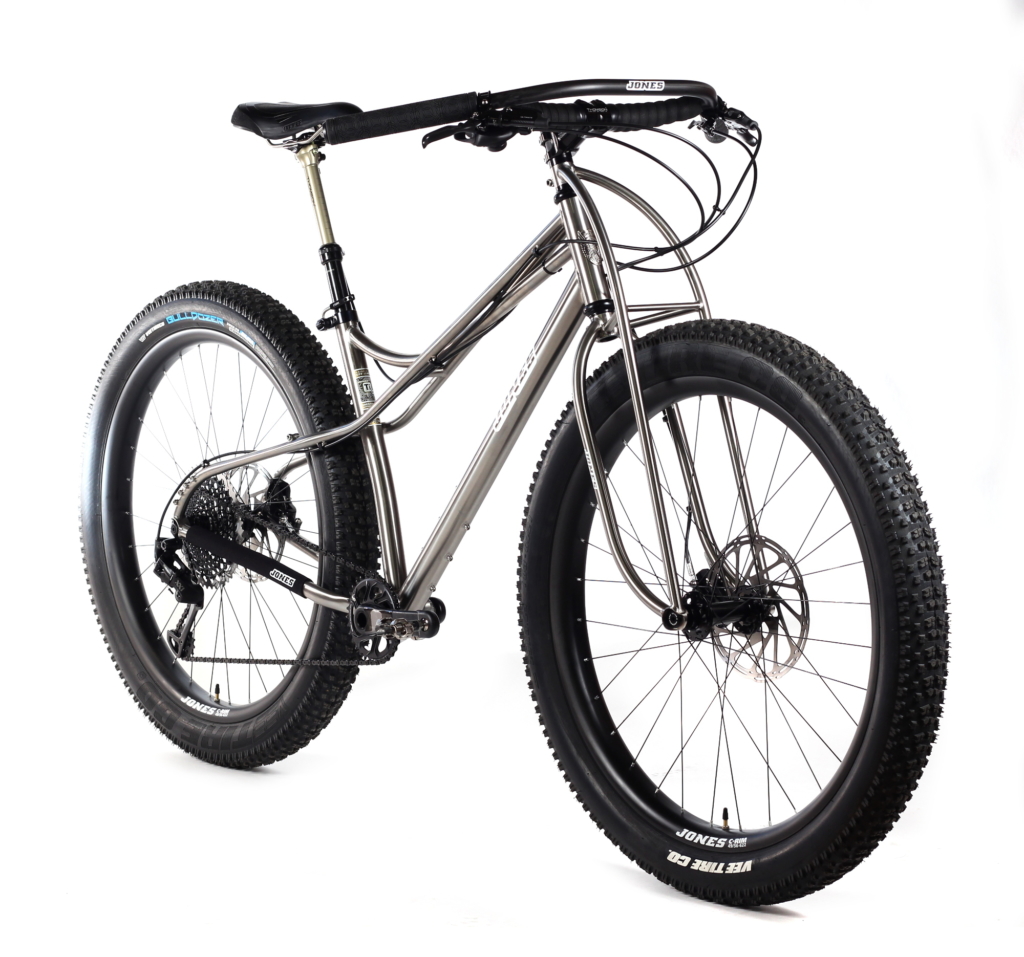
The finished product really is impressive, and was worth the wait! For anyone who wants the very best ride, and the most versatile bike, the Jones Titanium Spaceframe Plus LWB is in a class of its own. The three sizes will accommodate a very wide range of riders, from around 5′ all the way up to about 6’6″. Check out the photos below to see the final prototypes. Note that some details will change, but that these are very close to the final products.
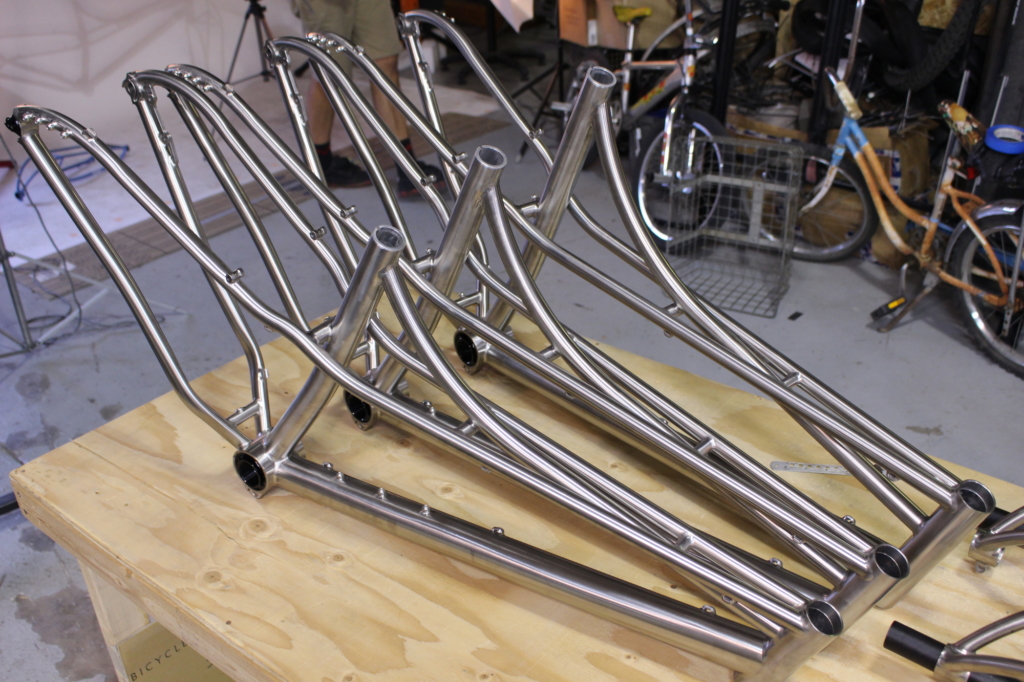
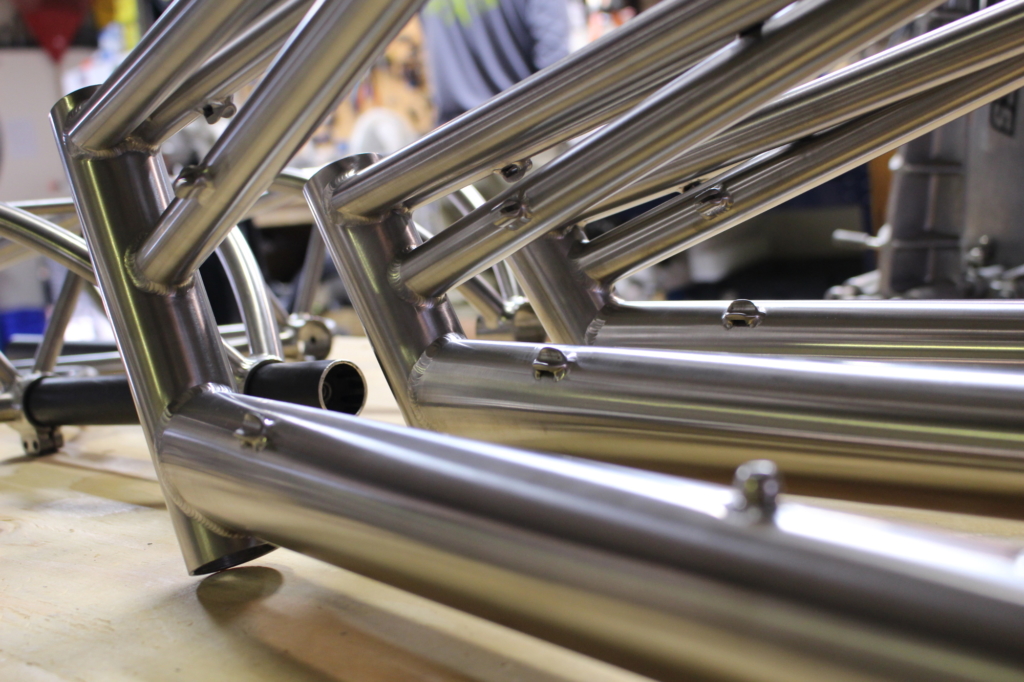
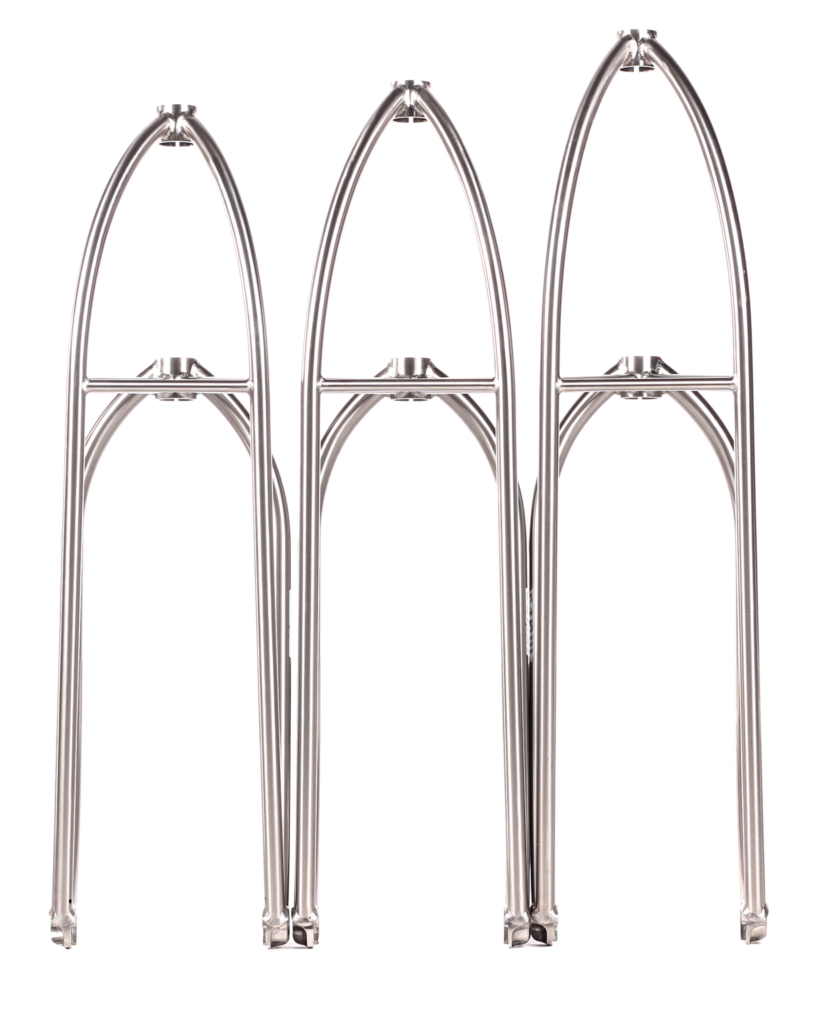
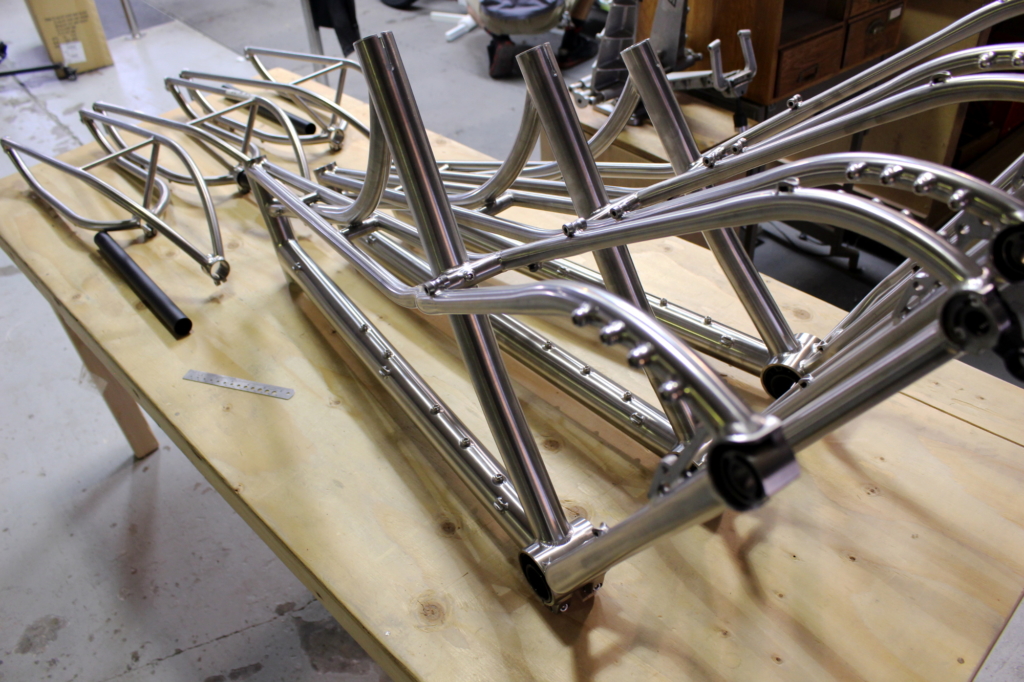
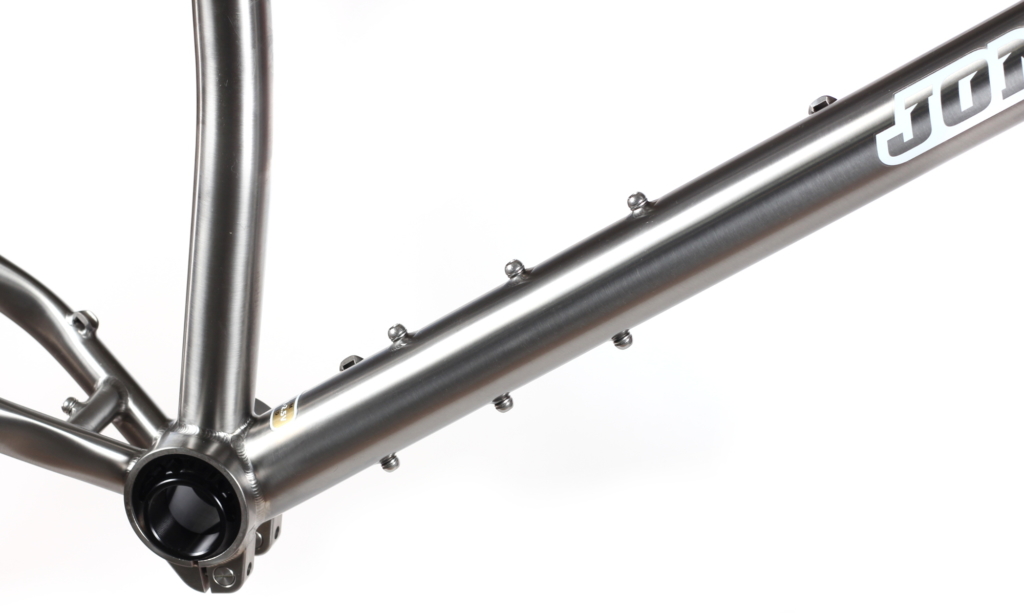
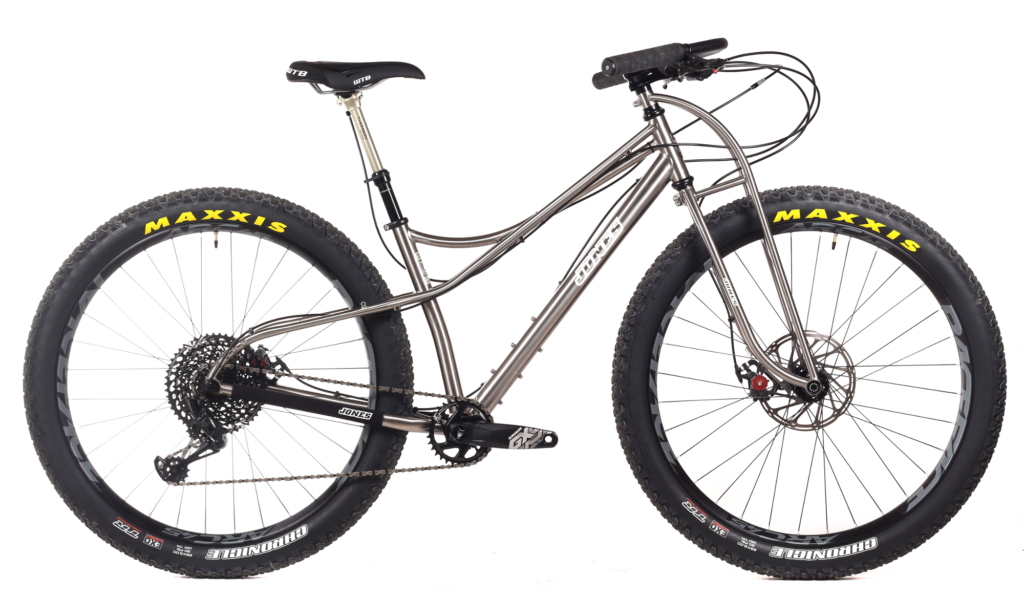
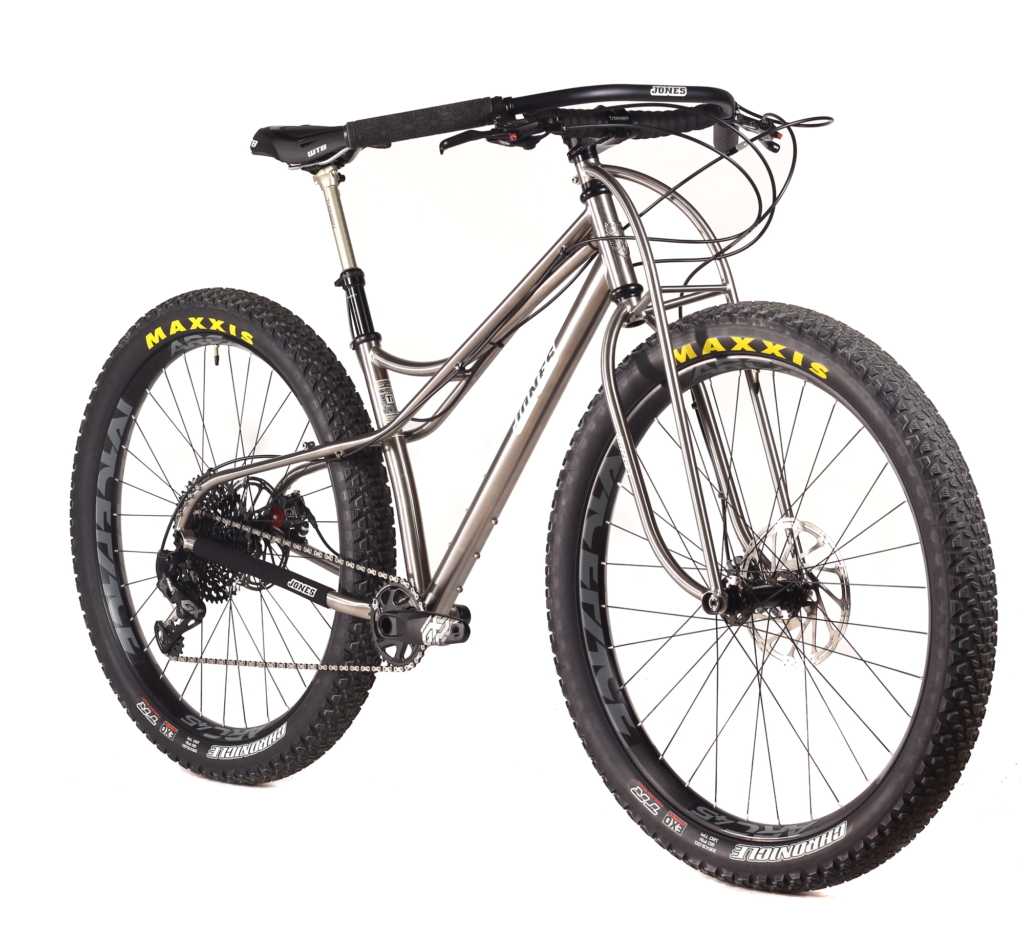
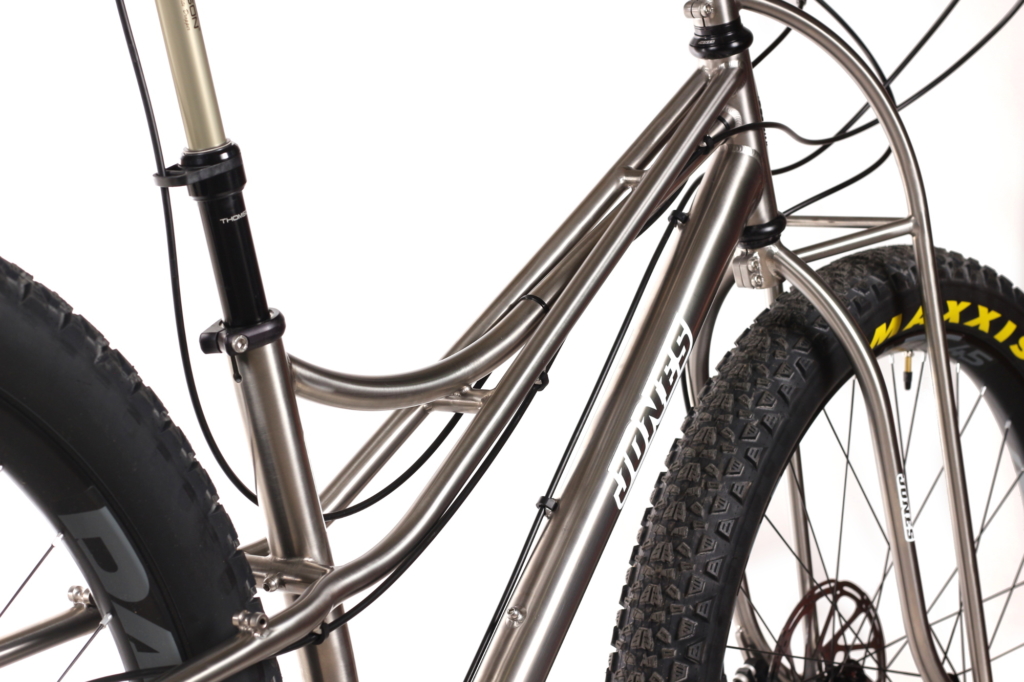
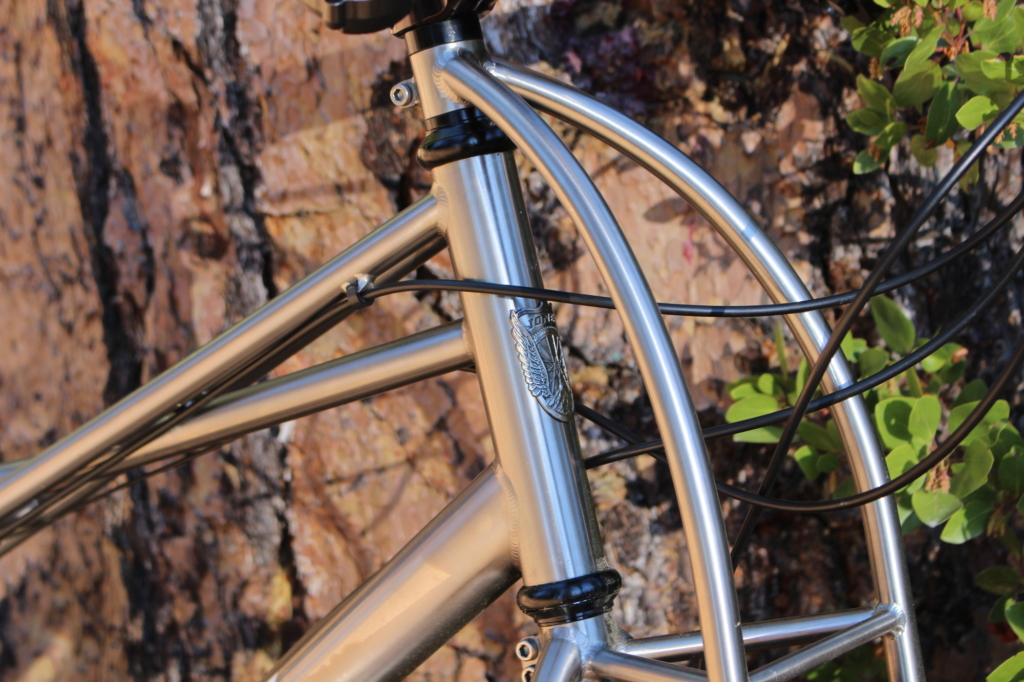
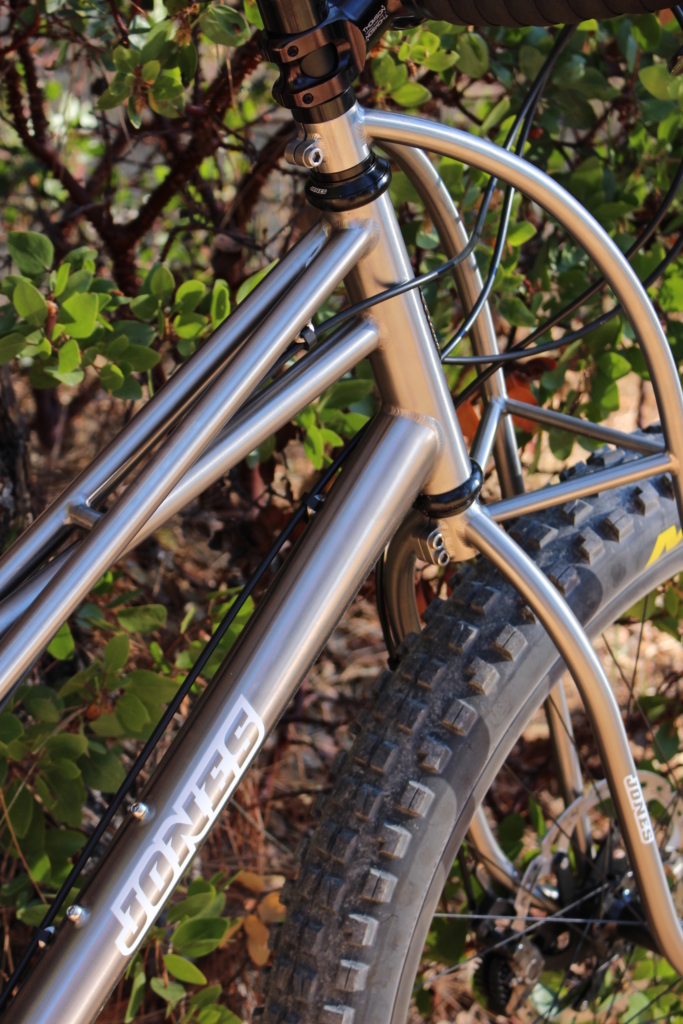
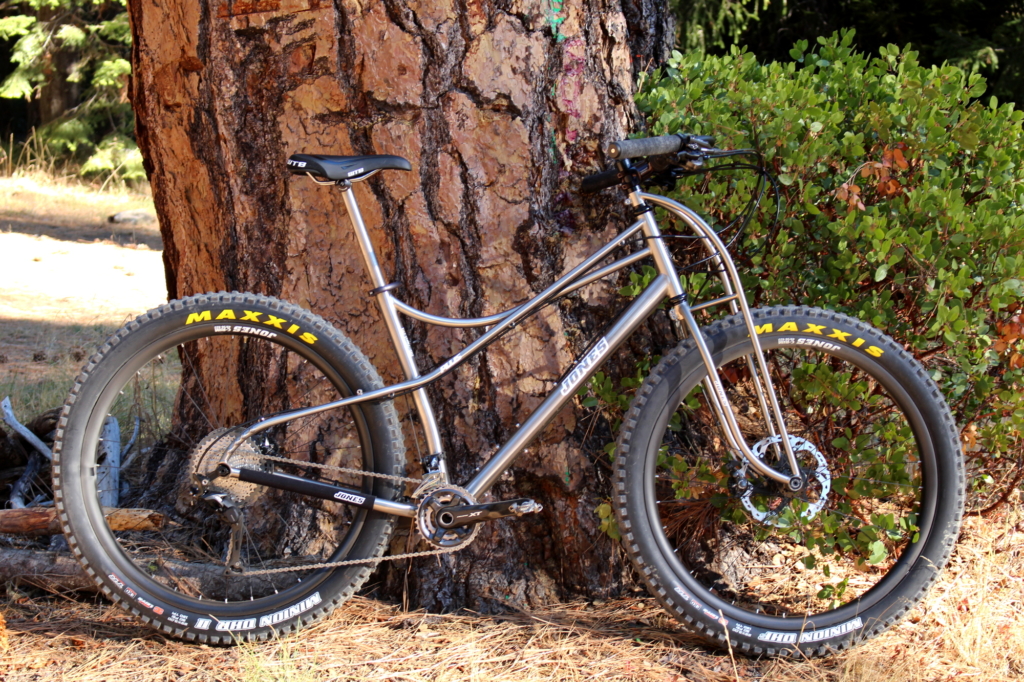
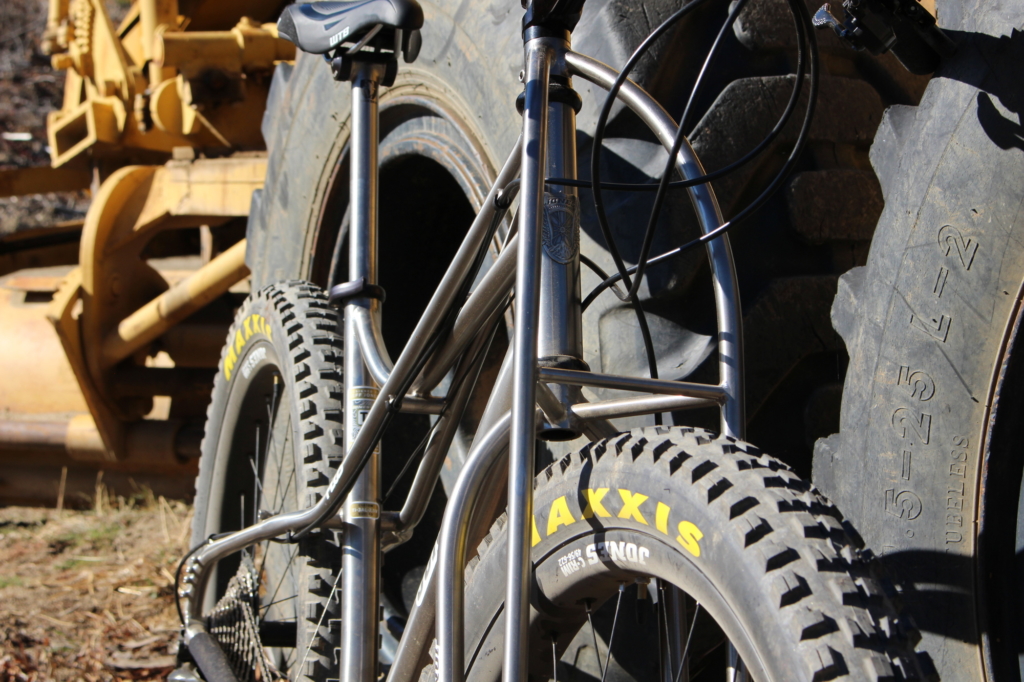
With all this talk about how smooth the ride is, it might be easy to forget that the Spaceframe design also allows for great standover, and the ability to move the bike around in technical terrain, making this a very capable bike in tricky situations. While Jeff still tends to recommend the tighter handling of the Jones Plus SWB for the trickiest of technical trails, where a bike that has a more trials-influenced nature has the edge, the Jones Titanium Spaceframe Plus LWB is a smooth operator in any terrain, and is Jeff’s bike of choice!
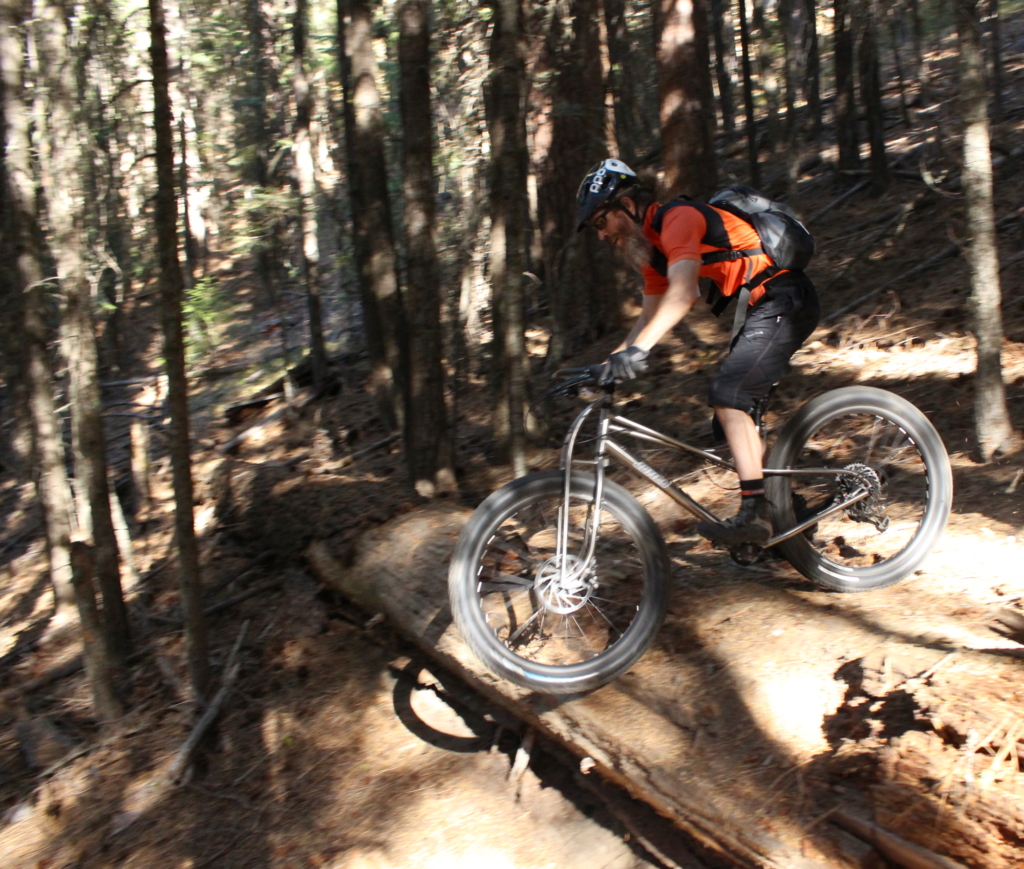
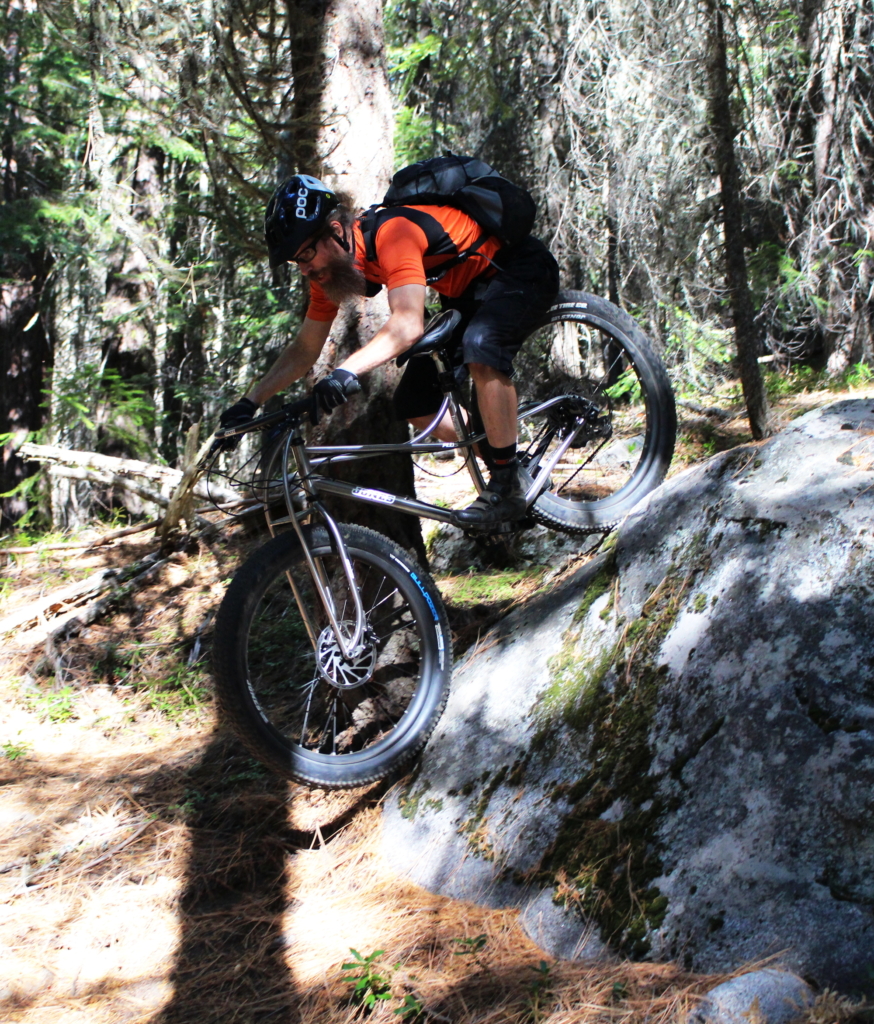
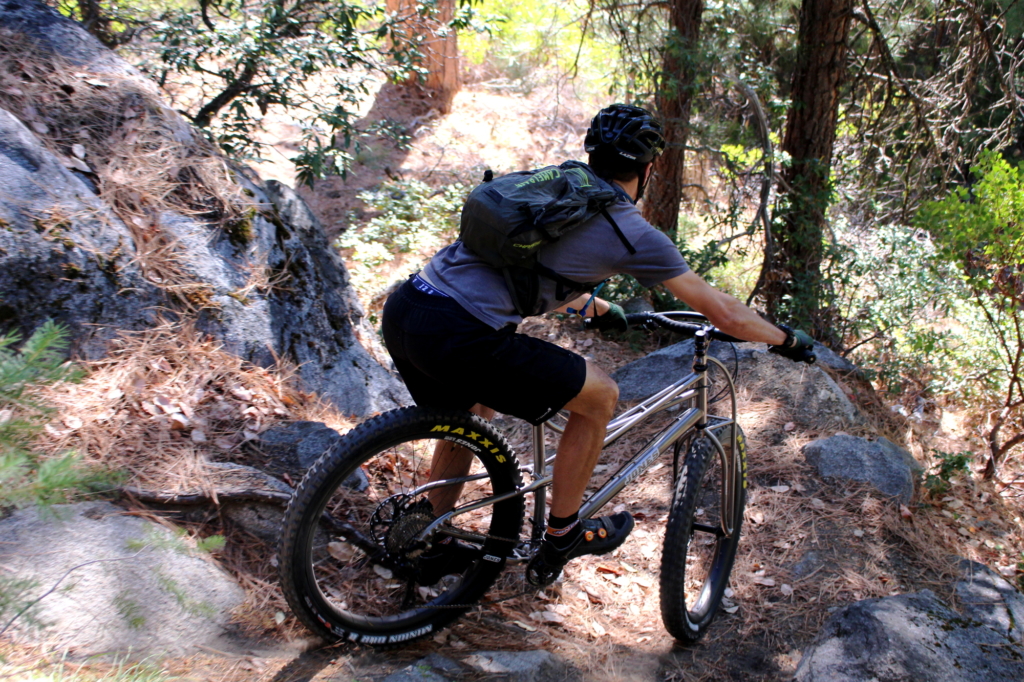
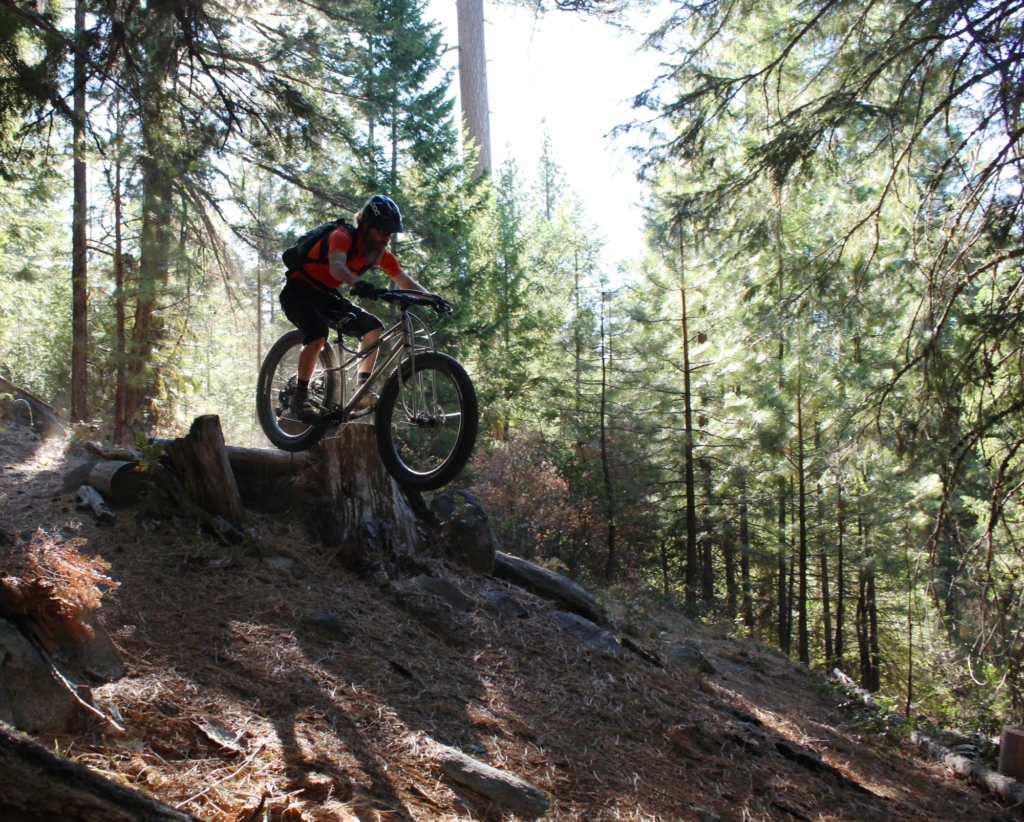
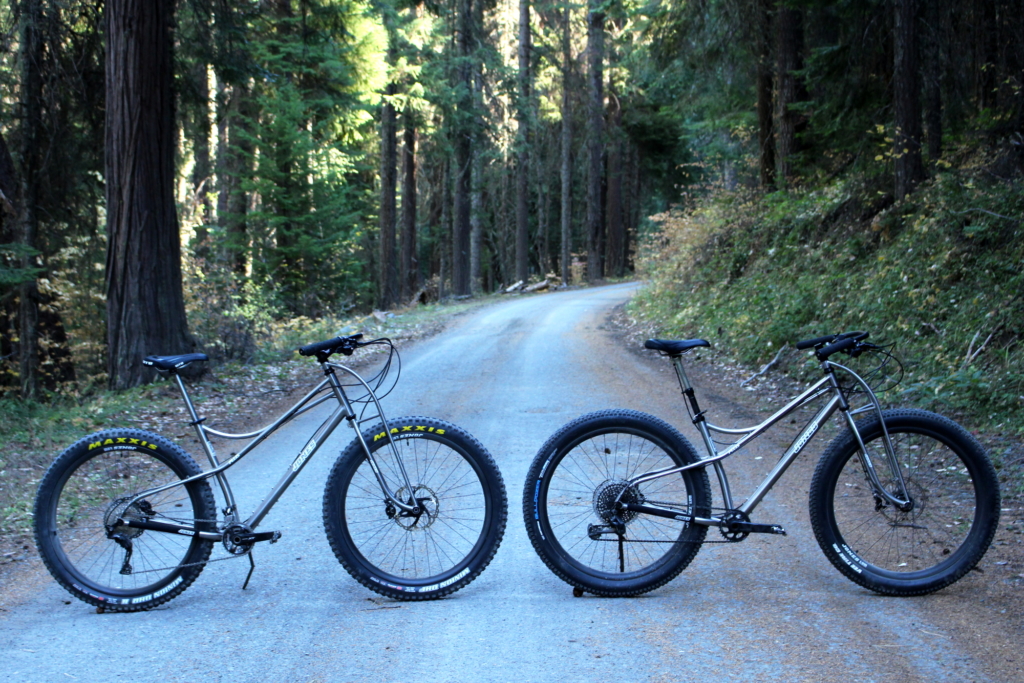
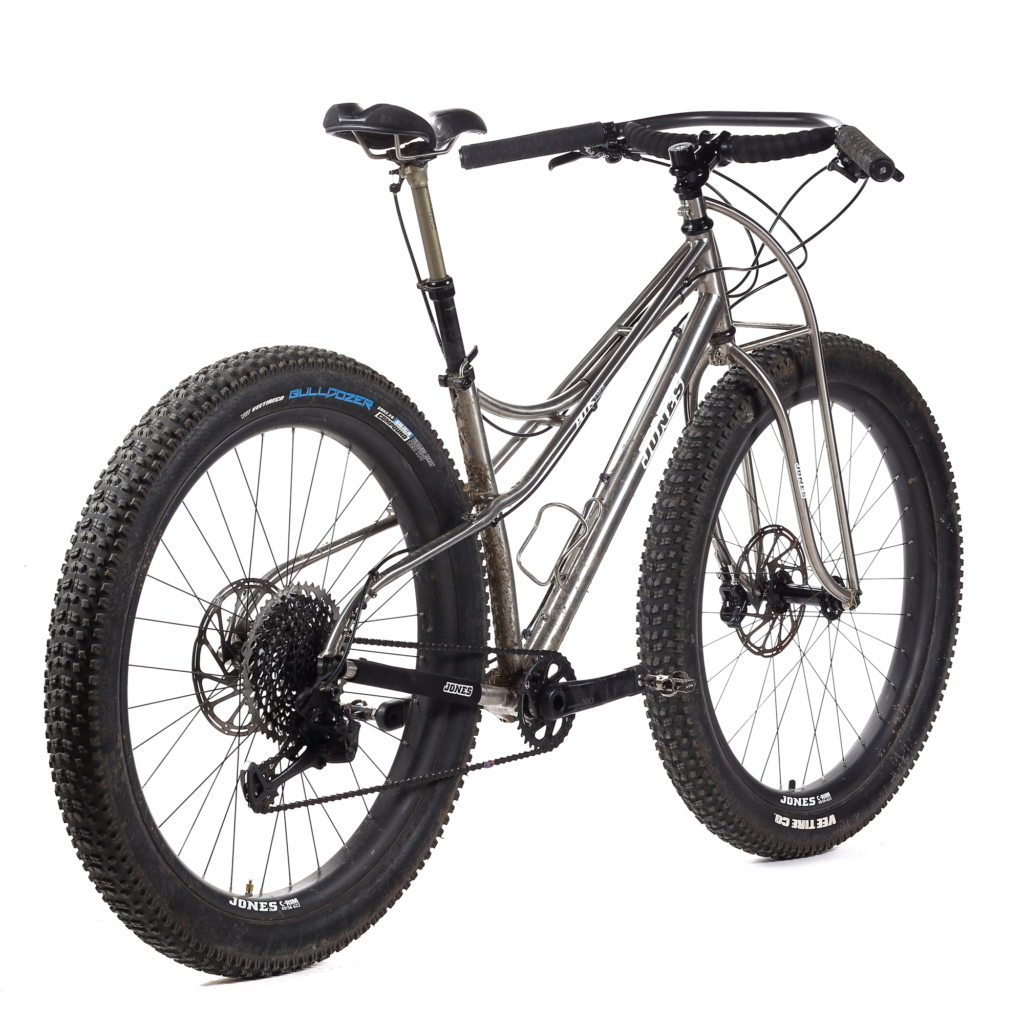
If you’d like more information about the Jones Titanium Spaceframe Plus, or any of our framesets you can head over to our online store! If you would like to get a complete bike, check out the information on the store, or just give us a call at (541) 535-2034 in order to get the process started!
As always, feel free to get in touch with us if you have any questions!

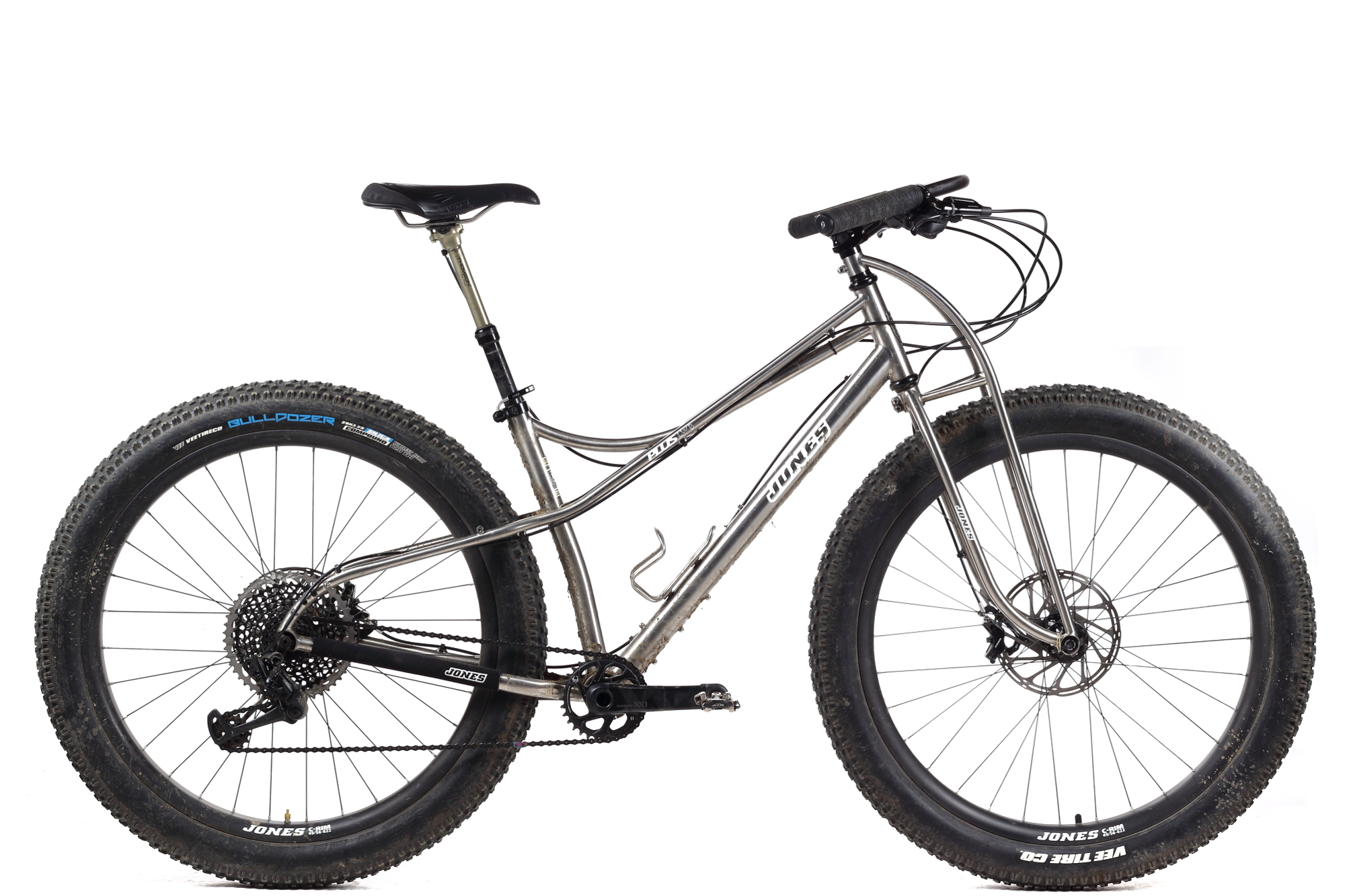
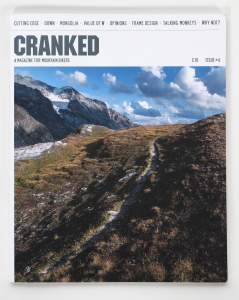
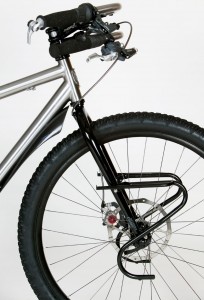
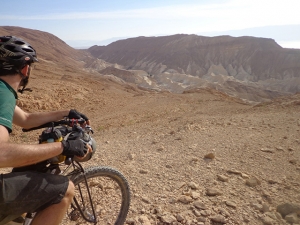
Pingback: Introducing Jones Titanium Spaceframe Plus LWB - BIKEPACKING.com